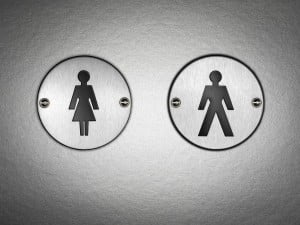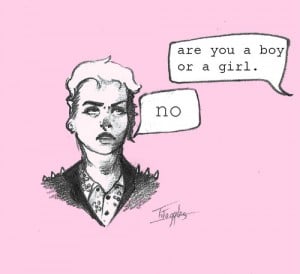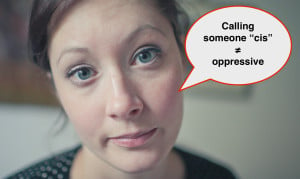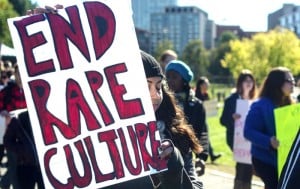Francesca Fiorentini: It’s hard enough to get mental health treatment in the US, but it’s even harder if you’re not white. Studies show that racial and ethnic minorities are significantly less likely to receive mental health treatment than whites.
So we reached out to experts to find out why it’s so hard for people of color to get help.
The first thing is stigma – in other words, shame or disgrace that can make people feel excluded. Stigma is a big deal in the US, but especially in communities of color.
Ravi Chandra: The Asian American community has high amounts of depression and anxiety and other mental illnesses just like every other community. Even when people get connected to a healthcare provider, often the family doesn’t understand. They feel like if it’s known that their child is seeking help that the family will be looked down upon.
José Ramón Fernández-Peña: Your cultural value, your cultural circle does not afford you the possibility of asking for help. Not being able to even verbalize that piece then leads people to very dark corners and very dark places: depression. And depression in those cases oftentimes leads to suicidal ideation or drinking or substance abuse of some sort.
Francesca Fiorentini: The second reason is a lack of cultural competence. Cultural competence is a doctor’s ability to recognize the different places their patients are coming from and then being able to adapt to their needs.
Michelle Clark: Traditionally, African Americans will not come in and say, “I’m depressed.” They’ll say, “I’m sick and tired of being sick and tired.” Fatigue is a real clear sign. They’ll not really even appreciate themselves that what they’re experiencing is a mental disorder because that’s considered frailty, and frailty is something that’s not really considered acceptable in a community that consists of mostly working people.
Ravi Chandra: A person might be considered psychotic if they believe in ghosts, but this is a cultural belief. Sometimes it can rise to the level of a delusion, but sometimes they have to be taken into account.
Francesca Fiorentini: Not being sensitive to culture can lead to a wrong diagnosis, and that’s happened. And it’s led to a legacy of distrust. That distrust has included outright racism.
Michelle Clark: In times of slavery, African Americans – particularly African American women – were experimented upon in terms of OBGYN surgeries, and there’s a clear history of that. They were also subjected to an experiment called the Tuskegee Experiment.
Francesca Fiorentini: We’re talking about a federally funded, 40-year syphilis experiment that turned people into human lab rats without their knowledge. And by the way, that experiment didn’t end until 1972!
And for people who don’t speak English, finding a therapist who speaks your language isn’t easy.
José Ramón Fernández-Peña: On a national scale, the lack of mental health providers that speak other languages is large. Think about the racial conflict right now in the Middle East. There are a lot of people coming from Syria. Who speaks Arabic fluently? When you think about people migrating from Africa, people from Ethiopa, or every tree that are coming to the United States. There are I don’t know how many languages in India; not everyone speaks Hindi.
Francesca Fiorentini: Finally, there is a lack of providers, and few mental health care providers of color, which could go a long way into tackling all the issues we just discussed. And while the Affordable Care Act has helped a lot of people gain access to treatment, who is filling all that demand? And if people have to wait for hours in line just to get treatment, which patients will fall through the cracks?
“When it comes to mental health in the US, there’s a lot of talk and little action.”




















